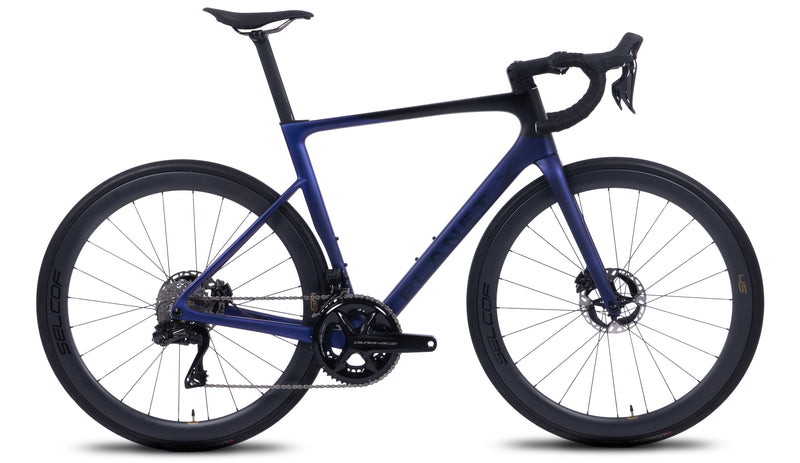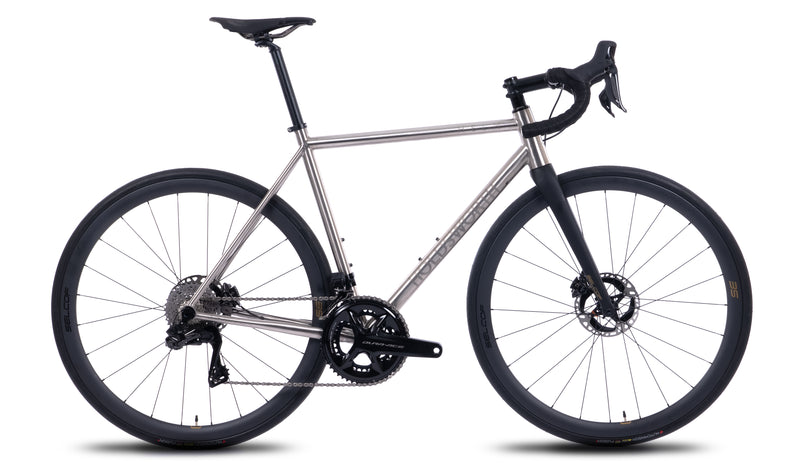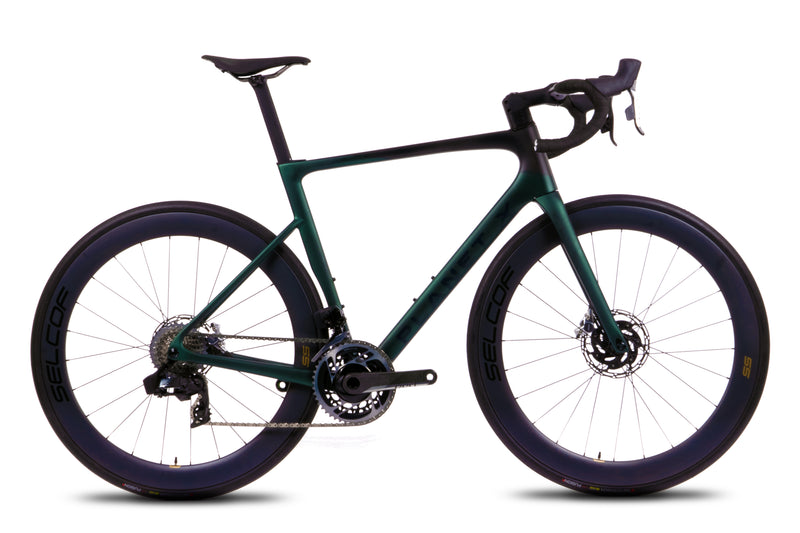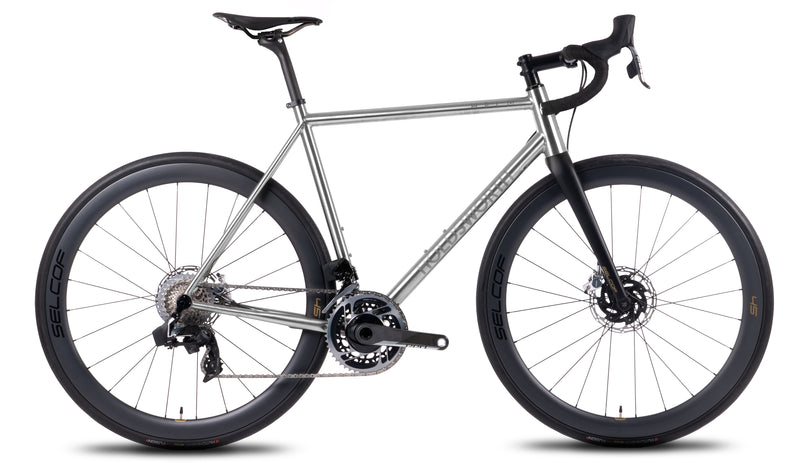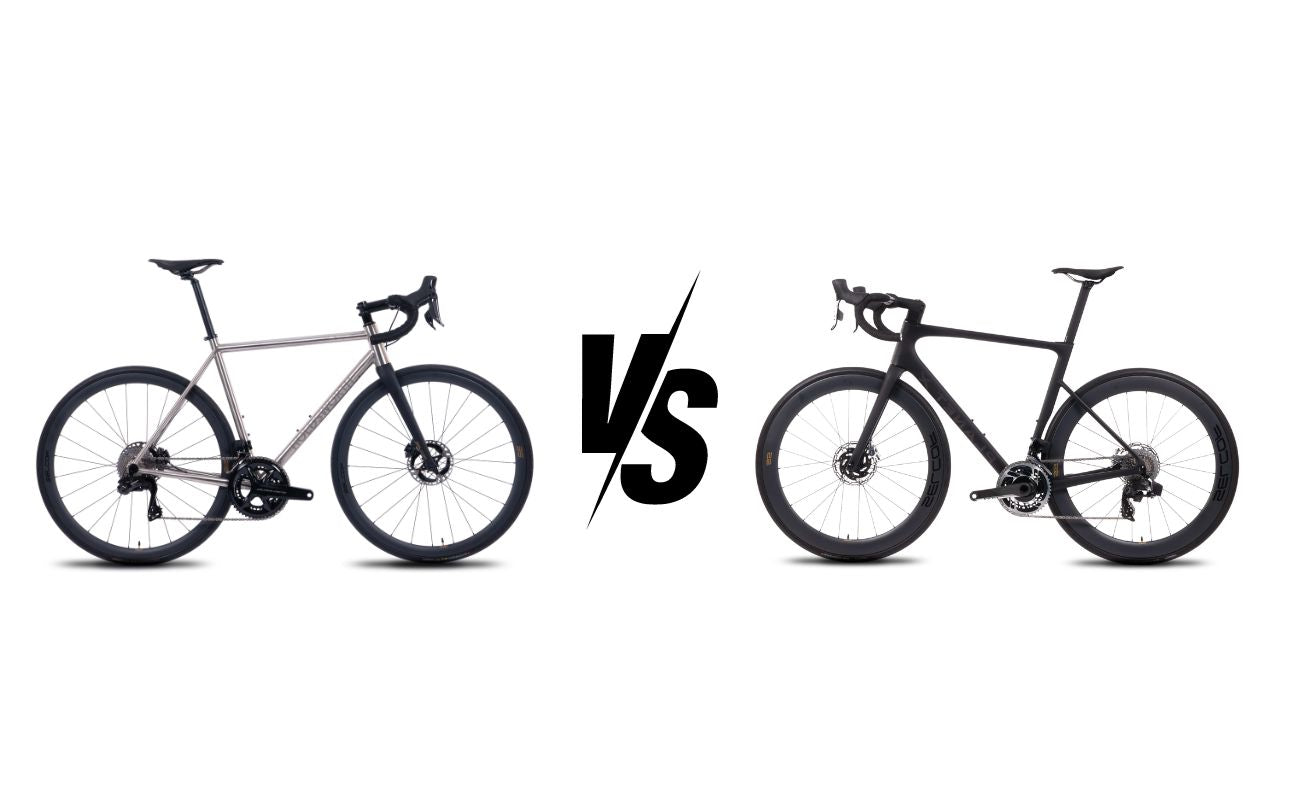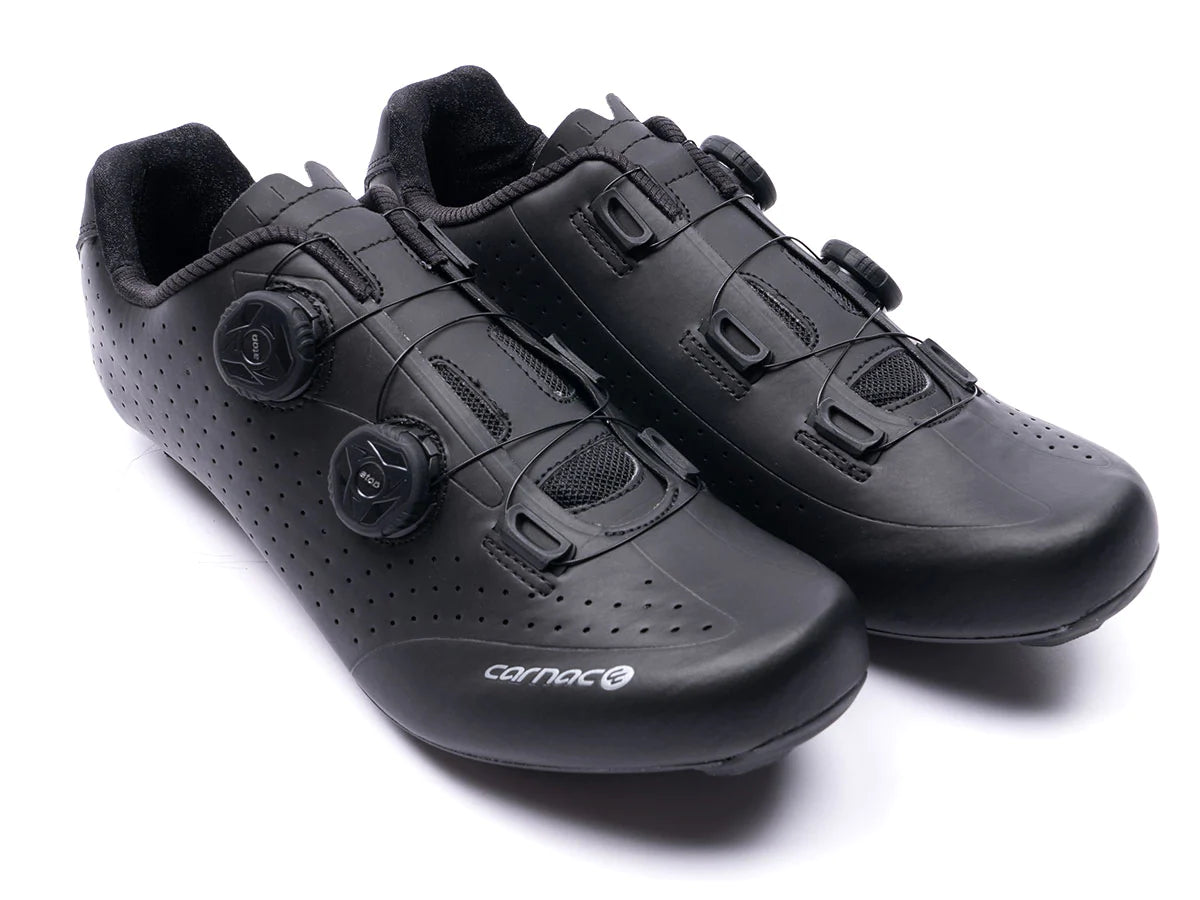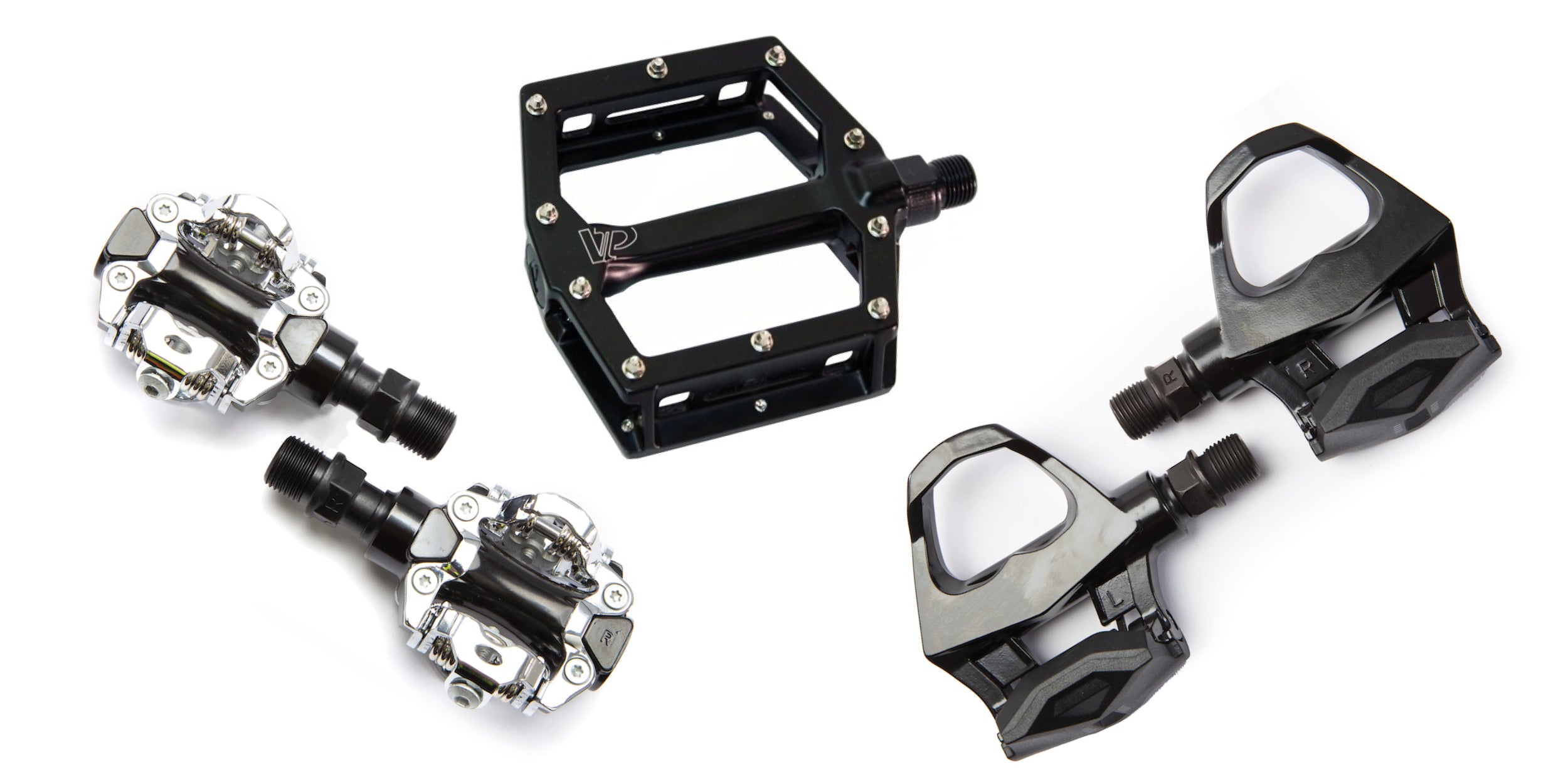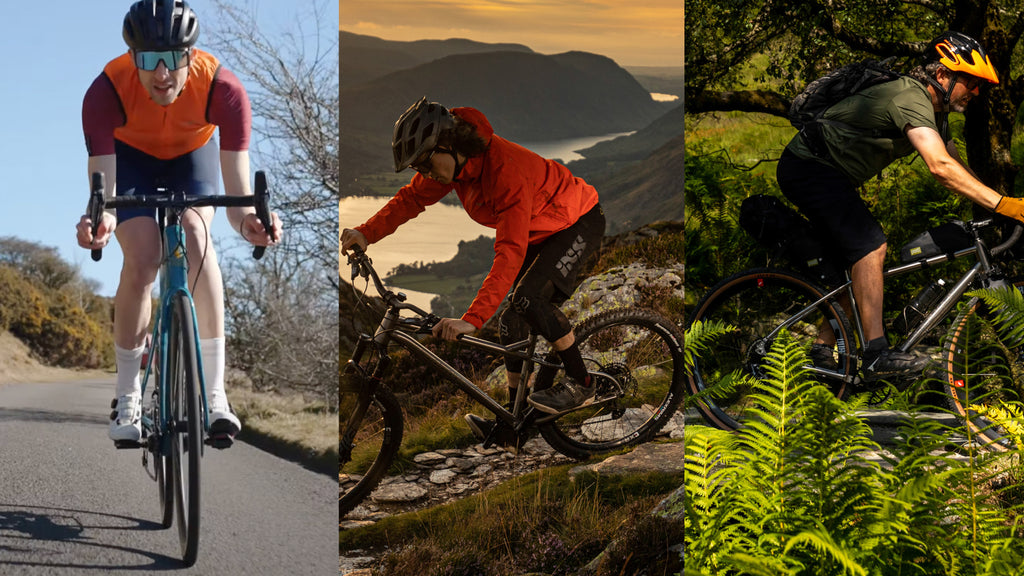

If you’re just getting started with your new cycling hobby, one of the first purchases you’ll likely make will be a bike. However, it’s not quite as simple as picking the first one you see. Bikes come in all shapes and sizes, and picking the right one for you can go a long way towards improving the quality of your ride.
Sizing is easy to grasp - if your bike isn’t the right size, you may be overstretching or hunching up in order to ride it. As well as making it harder to ride well with good technique, it can also cause pain and discomfort which is the last thing you want on an otherwise enjoyable ride. It’s clear and obvious that getting the right size of bike is your best option - but what types of bikes are there to choose from?
What types of bikes are there?
To a layperson, most bikes may look quite similar - a frame, two wheels, handlebars and a saddle. However, there are a number of subtle and not-so-subtle differences between different types of bikes which make them well-suited to different terrains and riding styles. Within these categories, you can also get bikes which are specialised to certain disciplines or types of usage - all to give you the very best riding experience. So what are the main types?
Road bikes
Unsurprisingly,
road bikes are designed to be ridden on the road. They’re adapted for smooth surfaces such as tarmac and concrete and typically offer more speed than other bike types. With skinnier tyres and lighter frames, road bikes are all about aerodynamics to ensure the fastest ride - particularly if you’re looking at a bike specifically designed for road racing.
Unlike mountain bikes, road bikes aren’t made for rough terrain, so they don’t usually have lots of suspension to take on a bumpy ride. However, they often incorporate various ride-smoothing features such as shock-absorbing forks that help to make your ride more enjoyable as well as improving your performance.
Another big difference that is immediately noticeable when you see a road bike compared to a mountain bike is the handlebars. While mountain bikes have the traditional T-shaped handlebars you often see on children’s bikes, road bikes have drop handlebars. These come down in the shape of a comma off each end of the handlebars - allowing you to have your hands and arms in different positions at different points. The position of the handlebars themselves allows you to lean further forward on the bike, improving your aero position and reducing drag so you can enjoy greater speeds on your ride.
Mountain bikes
Mountain bikes, on the other hand, are specifically designed to take on the rough terrains off-road cycling has to offer - not just mountains as the name suggests. In some ways, this makes mountain bikes more versatile than their paved-path counterparts - a road bike might struggle to go through a forest, whereas a mountain bike would be perfectly fine on a tarmac road.
What sets a mountain bike apart from a road bike? Well, aside from the previously mentioned added suspension, mountain bikes are built for greater durability than road bikes. This isn’t to say that road bikes are built to fall apart - far from it - but a mountain bike can typically endure more adventurous riding with its hard-wearing wheels.
Another area of the bike which shows more visible differences compared to road bikes is the tyres. Mountain bikes usually have wider and larger tyres that feature deeper treads for better stability - where road bike tyres are close to smooth, mountain bike tyres are knobbly. This allows you to take on obstacles such as bumps, potholes and tree roots in your path with better traction.
Some mountain biking disciplines have rougher terrains than others, so of course there is variance between different types of mountain bikes to accommodate this. Generally speaking, though, a mountain bike offers greater traction, suspension and shock absorption than a road bike in order to make it safe and comfortable to ride off-road.
Gravel bikes
Previously, we’ve described
gravel bikes as being a marriage between road and mountain bikes, allowing you to tackle a wider range of terrains. This becomes even clearer when you take a look at the construction of this all-rounder bike, with some features aligned with those of a road bike and others matching mountain bikes. As with any type of bike, there is a variance between different brands and different models. Some gravel bikes will lean towards the road bike end of the scale, whereas others might be more geared towards mountain biking. However, there are a few things that are more or less applicable to all gravel bikes.
For starters, a gravel bike usually has drop handlebars like a road bike, allowing for greater speed and improved aerodynamics. This means you’ll lean forwards more than you would on a mountain bike, but not as much as on a road bike - meaning you get the best of an improved aero position and greater stability for a bumpier ride.
The tyres, too, are a point where road and mountain bikes meet in the middle. Gravel bikes have chunkier tyres than road bikes to allow for greater traction on off-road tracks. However, the tread may not be as deep as you’d expect for a mountain bike. This depends largely on the type of bike you get and what type of riding you intend to do on it. Closer to the road cycling end of the scale, you can use tyres with a lighter tread, while rougher terrains will require a heavier tread.
What is the best type of bike?
As we’ve explained above, different bikes are suited to different types of cycling, so there cannot be one singular ‘best bike’. To find the best bike for you, you’ll need to consider a number of important factors, including:
-The type of cycling you want to do
Cycling is a sport for everyone. Whichever type of bike you decide on, there are dozens of different models available to buy. You're sure to find one that's right for you! For more information or advice on choosing a bike, get in touch with us today.


